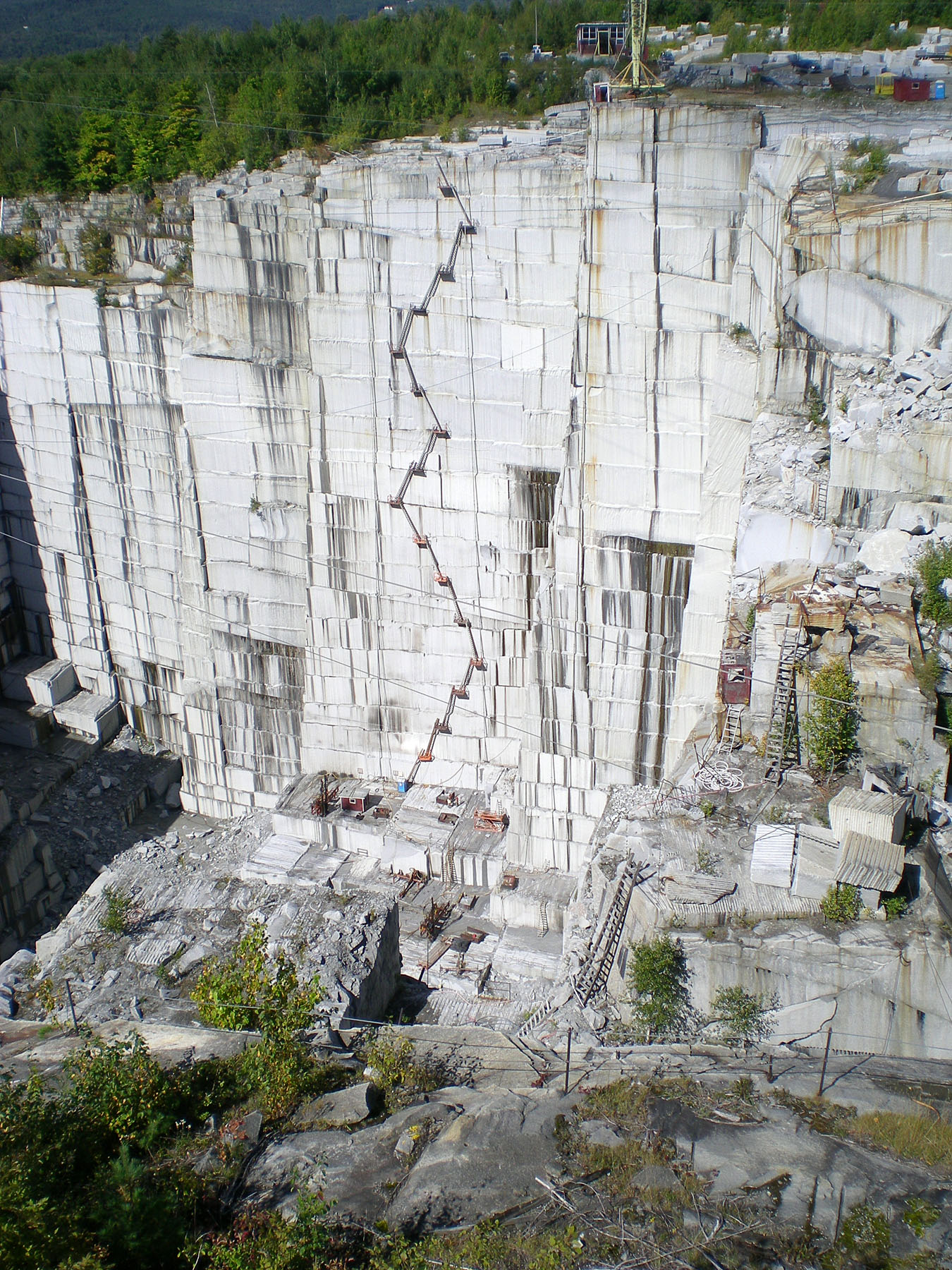Discovering the Rich Background and Lasting Practices of Granite Quarrying
As we base on the precipice of uncovering the detailed tapestry of granite quarrying, a journey via time exposes not simply the physical act of drawing out rock yet also the social and historic relevance woven into the really textile of this technique. From the ancient beginnings that laid the foundation for modern quarrying techniques to the lasting techniques that are shaping the future of this industry, each chisel mark on granite surfaces informs a story waiting to be unearthed (granite quarries in south africa). The tradition of granite quarrying stretches far past mere extraction; it is a testimony to human resourcefulness, strength, and the enduring attraction of this stunning stone
Old Beginnings of Granite Quarrying
Going back to ancient human beings, the practice of quarrying granite has been an integral component of human background and architectural innovation. The earliest proof of granite quarrying dates back to ancient Egypt, where substantial pyramids and elaborate sculptures were crafted from this long lasting stone. The Egyptians utilized primitive tools to extract granite blocks from quarries, showcasing the importance of this material in their significant buildings.
Moving ahead in background, the Greeks also made considerable contributions to the quarrying of granite. The Greeks used granite in various building marvels, such as temples and statues, demonstrating their ability in shaping and sculpting this sturdy stone. The Romans better fine-tuned the techniques of quarrying granite, employing innovative tools like chisels and hammers to extract and shape granite for their renowned frameworks.
Via the centuries, the practice of quarrying granite has evolved, with contemporary technologies enhancing performance while maintaining the ageless charm of this natural stone - granite quarries in south africa. From old human beings to contemporary home builders, the legacy of granite quarrying continues to form our globe
Development of Quarrying Methods
The development of quarrying techniques has been noted by a constant progression towards higher effectiveness and accuracy in extracting granite. Early quarrying techniques included hands-on labor with standard devices such as blades, hammers, and wedges to extract granite blocks from the earth.
In more current times, the development of machinery revolutionized the quarrying industry, enabling much faster removal prices and boosted productivity. Technologies such as diamond cable saws, high-pressure water jets, and pneumatic drills have ended up being common in modern-day quarries, enabling exact cutting and minimized waste. Advancements in computer-controlled devices and 3D modeling have actually enhanced quarrying operations, leading to very little ecological effect and improved sustainability techniques. As the need for granite continues to rise, the development of quarrying techniques stays indispensable to meeting industry needs effectively and sustainably.
Cultural Significance of Granite
Granite holds an extensive cultural relevance throughout various human beings as a result of its enduring existence in building masterpieces and admired monuments. From the majestic pyramids of Egypt to the elaborate makings of the Angkor Wat holy place in Cambodia, granite has actually been a material of choice for revealing magnificence and long life in social heritage. In ancient Rome, granite columns adorned temples and public buildings, symbolizing strength and durability. The cultural significance of granite prolongs beyond its physical qualities; it embodies strength, stability, and timelessness, making it a symbol of enduring heritages and practices.

Lasting Practices in Quarrying
In the middle of the rich background of granite quarrying and its social importance exists a growing focus on lasting methods within the sector. As ecological awareness and concerns concerning source deficiency have actually enhanced around the world, the quarrying industry has actually increasingly welcomed sustainable techniques to minimize its effect on the setting and bordering areas.

In addition, reclamation and rehab of quarry websites post-extraction are indispensable to lasting techniques. By bring back quarried areas to a natural or helpful state, such as producing wildlife environments or leisure rooms, quarriers can balance out the ecological footprint of their procedures and contribute favorably to the useful link regional community.
Tradition of Granite Quarrying
With a historical background soaked in craftsmanship and industrial development, what sustaining influence has granite quarrying left on the landscape of modern-day culture? The tradition of granite quarrying goes beyond simple removal practices; it has actually shaped building marvels, metropolitan landscapes, and social heritage worldwide. The durable nature of granite has actually made it a favored option for monuments, structures, and framework, standing as a testimony to the skill and creativity of quarry employees across generations.
Additionally, the financial footprint of granite quarrying can not be forgotten. The industry proceeds to give employment possibility and drive local economies in areas where granite extraction prevails. It has actually also spurred technical advancements in quarrying techniques and tools, causing extra reliable and sustainable techniques.
In regards to sustainability, the tradition of granite see page quarrying includes initiatives to reduce environmental effects via reclamation tasks and accountable resource management. By stabilizing economic rate of interests with ecological stewardship, the industry aims to make certain that future generations can remain to take advantage of this enduring all-natural source.
Verdict
